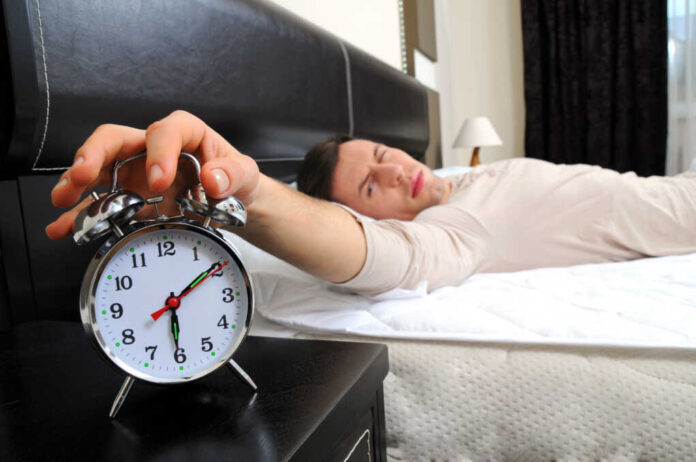
America’s groggy mornings aren’t a moral failing—they’re a tech-driven trap that chips away at alertness, productivity, and personal responsibility by normalizing the snooze button.
Story Snapshot
- Peer-reviewed data shows most snoozers repeat short, 5-minute delays that fragment REM sleep and worsen morning grogginess.
- Experts recommend one later alarm and immediate rising to cut “sleep inertia” and improve alertness without pills.
- Wearables and media now echo aligned, evidence-based anti-snooze guidance for everyday routines.
- App defaults and UX nudge repeated snoozing—design choices that shape nationwide habits.
New evidence: Snoozing is common, repeated, and tied to fragmented waking
Researchers analyzing a large global cohort via a sleep-tracking app reported that snoozing is widespread and typically repeats in short bursts. The dataset quantified how users stack multiple five-minute intervals after the first alarm, with five-minute snoozes dominating usage patterns and ten-minute options far less common. The structure of “snooze sessions” was documented precisely, enabling classification of light, moderate, and heavy users and connecting these habits to variability in sleep timing across days.
Consumer-facing coverage distilled the numbers: average snooze time hovers around roughly eleven minutes for typical users and about twenty minutes for heavy users, with an average of roughly 2.4 repetitions in a session. Snoozing skews toward weekdays and peaks in winter, suggesting work schedules and seasonal light patterns shape the behavior. These specifics sharpen long-standing concerns by quantifying how often and how long people linger in fragmented, low-quality semi-sleep before finally getting up.
Watch a report:
Why experts say “don’t snooze”: REM disruption and sleep inertia
Sleep clinicians emphasize that the final hours before wake time are rich in REM sleep, a stage important for cognition and mood. Repeated alarms interrupt these REM-rich periods, amplifying “sleep inertia”—the foggy, sluggish feeling that undercuts reaction time, decision-making, and motivation. Expert guidance converges on a practical fix: set a single, later alarm for the latest time you genuinely need to wake, then stand up on the first ring. Pair the alarm with a brief, positive morning ritual to reinforce the habit.
Wearable platforms have begun translating these mechanisms into step-by-step advice that aligns with the peer-reviewed evidence. Their guidance matches clinical consensus: prioritize consolidated sleep, avoid carving the morning into jolting micro-intervals, and reduce friction to getting out of bed at once. While some users report psychological comfort from “just five more minutes,” current evidence points to net downsides for alertness when snoozing becomes repetitive, especially on workdays where performance matters.
Design defaults matter: How apps shape a national habit
The dominance of five-minute snoozes reflects product defaults and user interface choices that make repeated taps effortless. When platforms favor very short intervals, the path of least resistance leads to two or three quick delays that chop sleep into fragments. For households that value discipline, productivity, and self-reliance, the fix costs nothing and protects morning clarity without supplements or melatonin. Action items are straightforward: commit to a single alarm, anchor it to a consistent sleep window, and add a cue you look forward to—light exposure, hydration, or a quick walk—to speed the shake-off of inertia.
Sources:
The TikTok Ban’s Third Snooze Button Proves It Was Always Bullshit
Snooze Alarms Are Bad For Us—So Why Can’t We Quit Them?
New Study: Hitting Snooze
Global snooze behavior quantified via sleep-tracking app data (Scientific Reports)


















